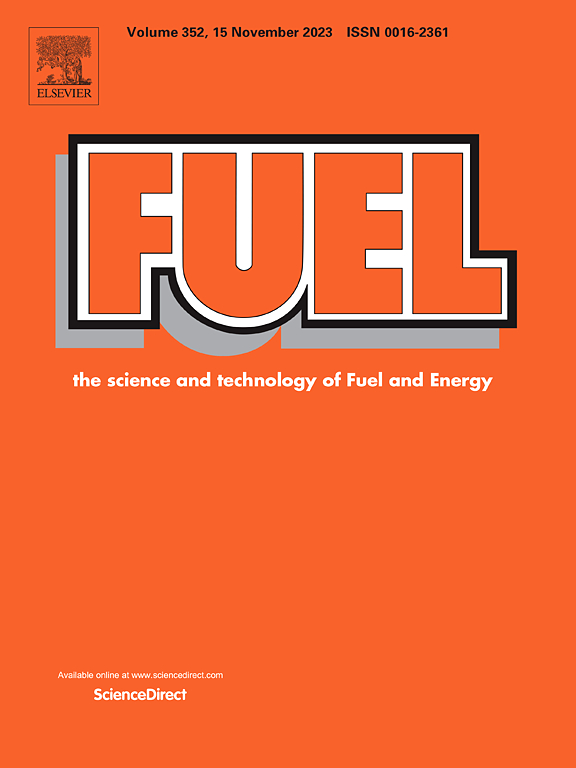Utilisation of wood stove fuels produced by washing and torrefaction of short rotation coppice willow grown on contaminated land
IF 6.7
1区 工程技术
Q2 ENERGY & FUELS
引用次数: 0
Abstract
Short Rotation Coppice Willow is widely used for the phytoremediation of land contaminated with toxic metals. The problem that arises is whether the contaminated willow can be used as a feedstock for combustion applications or chemical processing. Thus, washing and torrefaction processes have been used to examine the possibility of improving the quality of the wood. Here combustion studies in a 5 kW wood stove have been undertaken of briquettes made (without a binder to prevent contamination) from compressed raw chipped unwashed and washed wood; it was not possible to study the torrefied wood in this way because briquettes would not form without a binder. Measurements were made of emissions of CO, NOx, particulate matter and bottom ash, and some partitioning of species to particulate was also examined. Water washing at room temperature for 20 min saw a 28 % reduction in wt% ash, and many inorganic species were partially removed by leaching, by fines removal or a through a mixture of both mechanisms. This resulted in different combustion behaviour for the washed fuel, particularly ignition, where higher tar formation resulted in a pre-flaming smoulder. Nevertheless, the briquettes from the washed willow achieved higher peak burning rates, shorter combustion times and hotter flue gas temperatures. This led to lower CO and PM emissions, although NO emissions increased. As a general trend, washing prior to torrefaction helped to mitigate the concentration of ash/inorganic species in the willow that is normally observed. Despite a 26 % decrease in Zn concentrations in the washed, torrefied willow, levels were still higher than dictated by the ISO standard. Further optimisation could easily rectify this but the issue around disposal of contaminated leachate remains a challenge.
求助全文
约1分钟内获得全文
求助全文
来源期刊

Fuel
工程技术-工程:化工
CiteScore
12.80
自引率
20.30%
发文量
3506
审稿时长
64 days
期刊介绍:
The exploration of energy sources remains a critical matter of study. For the past nine decades, fuel has consistently held the forefront in primary research efforts within the field of energy science. This area of investigation encompasses a wide range of subjects, with a particular emphasis on emerging concerns like environmental factors and pollution.
 求助内容:
求助内容: 应助结果提醒方式:
应助结果提醒方式:


